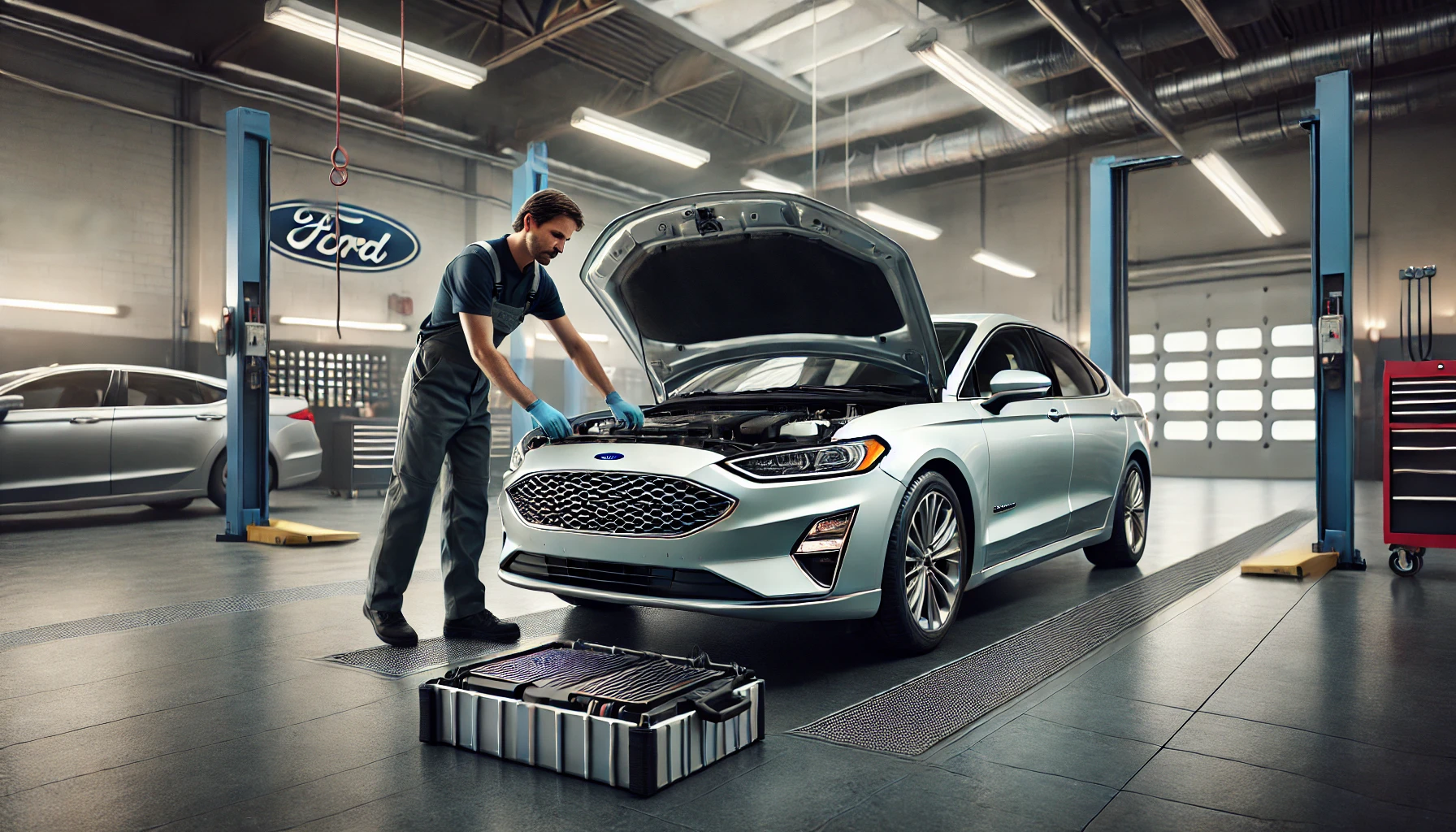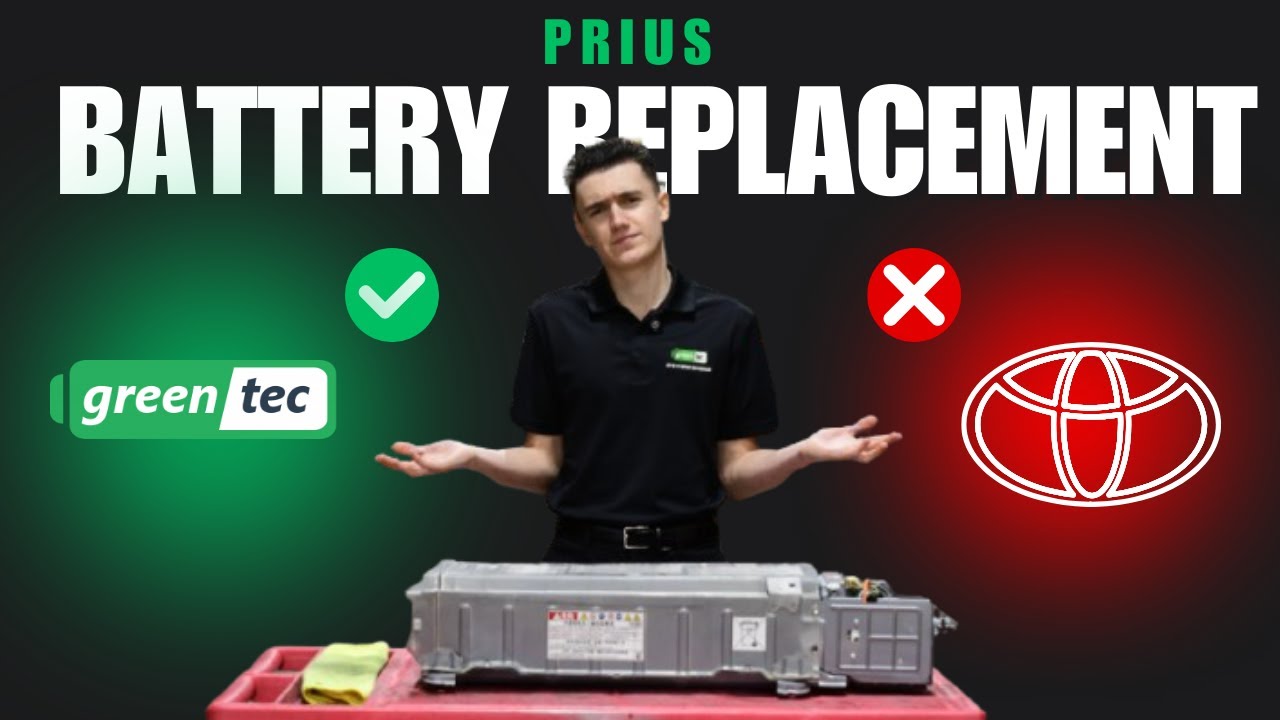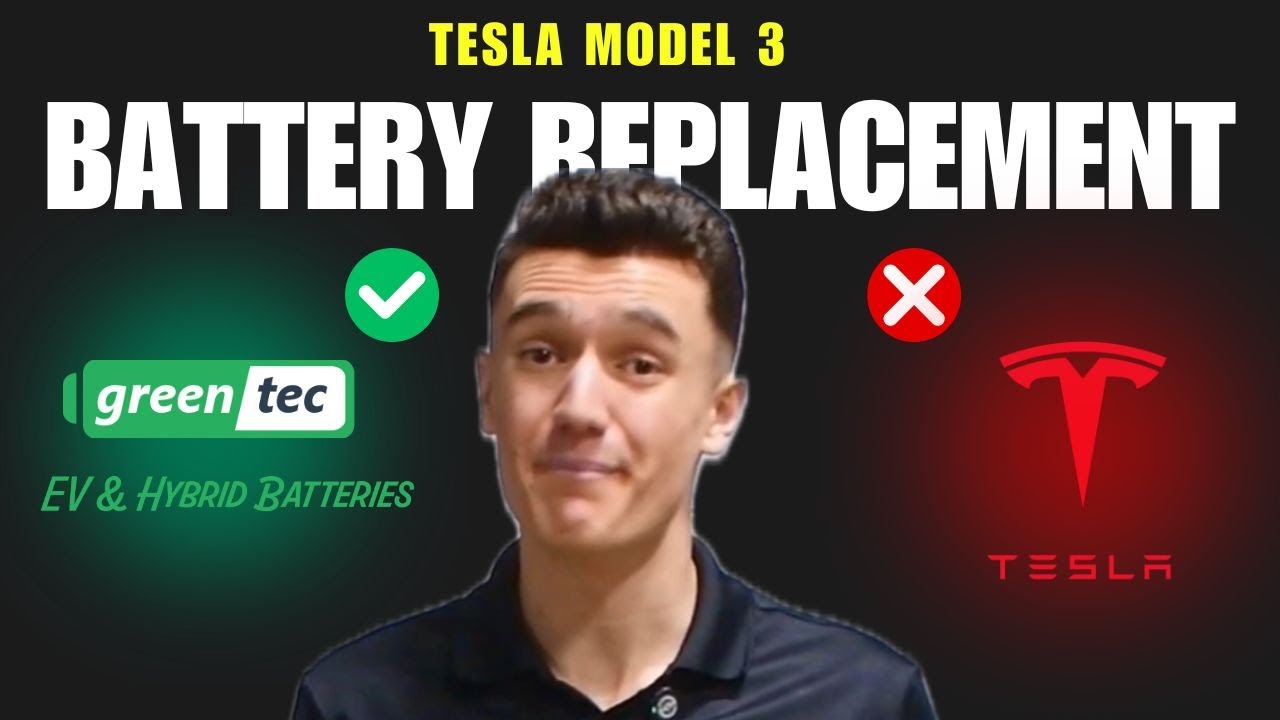With the growing demand for electric vehicles (EVs), there’s a pressing question: what happens to their batteries once they’re no longer fit for cars? Instead of simply discarding them, many of these batteries are finding new life in innovative ways. From powering homes to supporting renewable energy systems, these once-retired batteries are being evaluated and repurposed for a second life. But how exactly do we decide if a battery is up to the task? Let’s dive into the detailed process of determining which batteries are capable of delivering reliable, sustainable energy beyond their original use.
Understanding Second Life Batteries
The term “second life battery” refers to batteries that are repurposed after their original use, often from electric vehicles. Once these batteries no longer meet the performance needs of the car, they may still have substantial energy storage capacity, making them suitable for a variety of other applications.
Evaluating If a Battery Can Be Used for Second Life
We use a rigorous process to decide if a battery can be used for a second life. This ensures that the batteries are safe, functional, and capable of providing reliable power in new settings. Here’s a step-by-step guide on how we do this:
1. Initial Battery Assessment
The first step is to examine the battery’s condition:
- Battery Health: We test the battery’s voltage, capacity, and energy retention to determine its health. If the battery still holds a significant charge, it’s a candidate for second life.
- Physical Inspection: We look for signs of wear, damage, or leakage. Only batteries in good physical condition proceed to the next step.
2. Performance Testing
Next, we simulate different applications to see how the battery performs:
- Load Testing: This helps us understand how much power the battery can deliver over time.
- Cycle Testing: We charge and discharge the battery multiple times to see how well it maintains its capacity.
3. Safety Evaluation
Safety is paramount when reusing batteries. We check for:
- Overheating Risks: A battery prone to overheating isn’t suitable for second life applications.
- Short-Circuit Protection: Ensuring the battery has built-in protections against potential short circuits is crucial.
By following these testing protocols, we identify batteries that are ideal for reuse, ensuring they’re not only functional but also safe.
Common Applications for Second Life Batteries
After determining a battery can be used for a second life, it opens up a range of applications:
1. Energy Storage Systems
One of the most popular uses for second life batteries is energy storage:
- Solar Energy Storage: Batteries store excess energy from solar panels, allowing homeowners to use renewable energy even when the sun isn’t shining.
- Backup Power Systems: Second life batteries provide reliable backup power during outages, making them ideal for residential or commercial use.
2. Electric Vehicles and Golf Carts
Many second life batteries find new homes in smaller electric vehicles:
- Golf Carts: These batteries breathe new life into golf carts, providing reliable power at a fraction of the cost of new batteries.
- Electric Bicycles: Second life batteries are increasingly used in e-bikes, offering sustainable power for personal transportation.
3. DIY and Home Projects
For hobbyists and enthusiasts, second life batteries are a goldmine:
- Home Energy Systems: Many people integrate these batteries into custom energy storage solutions, reducing their reliance on the grid.
- Electric Tools: Batteries can power electric tools, reducing the need for multiple disposable battery packs.
Why Choose Us for Your Second Life Battery Needs?
Our unique process sets us apart when it comes to repurposing batteries. Unlike many other companies, we don’t just recycle batteries that are no longer ideal for vehicles – we see their potential. Through our detailed testing and evaluation process, we ensure that each battery we repurpose is ready for its next adventure, helping to reduce waste and promote sustainability.
Our Commitment to Sustainability
By focusing on second life applications, we contribute to reducing the environmental impact of battery disposal. Instead of ending up in a landfill, these batteries continue to serve in various capacities, supporting a circular economy.
In Summary
Determining whether a battery can be used for a second life involves a thorough assessment of its health, performance, and safety. By repurposing these batteries, we not only extend their lifespan but also support energy sustainability in various applications. If you’re looking for a reliable second life battery solution, contact us today to learn how we can help power your next project.



